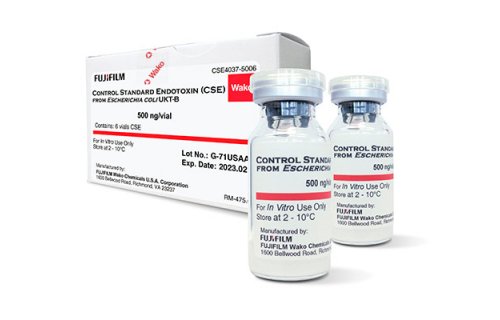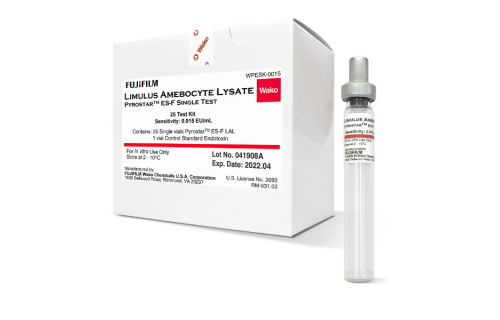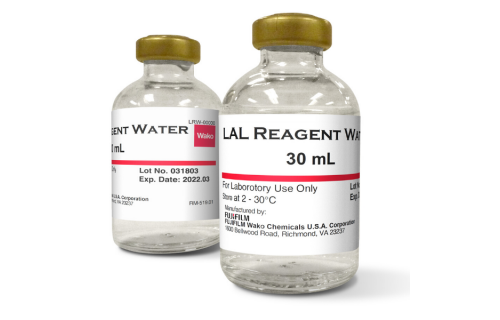How To Properly Store Reagents
Ensuring the correct handling and storage of reagents is essential for determining their effectiveness and precision in endotoxin testing.
The storage methods for reagents can vary significantly due to variations in reagent sensitivity to environmental factors. Dry storage is the recommended approach for most reagents, as hydrated reagents can potentially undergo adverse reactions that may affect their long-term functionality. Moreover, the storage of liquids necessitates additional intricacies in device design and fabrication, specifically concerning blister pack storage and puncture.[1]
Basic Reagent Storage Strategies
Reagents that are stored correctly exhibit an extended shelf life with optimal efficacy. This includes a wide range of reagent types, including liquids, powders, crystals, tablets, and test-strips.
It is advised to avoid storing reagents in areas with moisture or dampness, and to ensure they remain dry and free from moisture at all times. Powders, crystals, and acids exhibit remarkable stability and possess an outstanding shelf life under dry conditions and when shielded from sunlight. It is recommended to promptly replace reagent caps after use and securely tighten them to minimize their exposure to air and humidity.[2]
How LAL reagent, CSE, and LRW are stored?
The LAL reagent and CSE (Control Standard Endotoxin) are stored as powder and reconstituted with LRW (LAL Reagent Water).
Lyophilized LAL exhibits a fair degree of thermal stability and should be stored within the temperature range of 2-8°C. If not, store LAL below -20 °C for a maximum of two weeks after reconstitution and freezing. LAL should not undergo multiple freezing and thawing cycles, it can be done only once.
Reconstitute the CSE using the specified volume indicated on the Certificate of Analysis (CA), while following the instructions provided in the package insert. Shake the vial vigorously for 40-60 seconds until a uniform mixture is achieved. Reconstituted CSE can be stored at 2-10℃ for 1 month.[3]
It is advisable to store LRW in a tightly sealed glass container in a cool and dry location. Freezing it is not advisable.
The date of manufacture does not hold the ultimate influence over the reagent shelf life; rather, it is the storage conditions that significantly determine its longevity. Similar to other perishable items, reagents are susceptible to environmental factors and will have a longer shelf life when stored under controlled conditions.[2]
References
- Wentland, L., R. Polaski, and E. Fu, Dry storage of multiple reagent types within a paper microfluidic device for phenylalanine monitoring. Anal Methods, 2021. 13(5): p. 660-671.
- Chakravarti, D.N., B. Chakravarti, and B. Mallik, Reagent Preparation: Theoretical and Practical Discussions. Current Protocols Essential Laboratory Techniques, 2008. 00(1): p. 3.1.1-3.1.13.
- Yasir, M., What Is Limulus Amebocyte Lysate (LAL) and Its Applicability in Endotoxin Quantification of Pharma Products, in Growing and Handling of Bacterial Cultures, M. Madhusmita, Editor. 2019, IntechOpen: Rijeka. p. Ch. 5.






